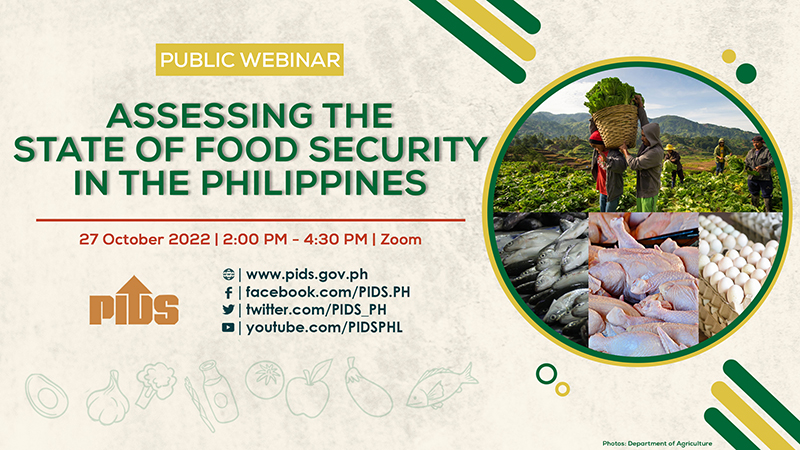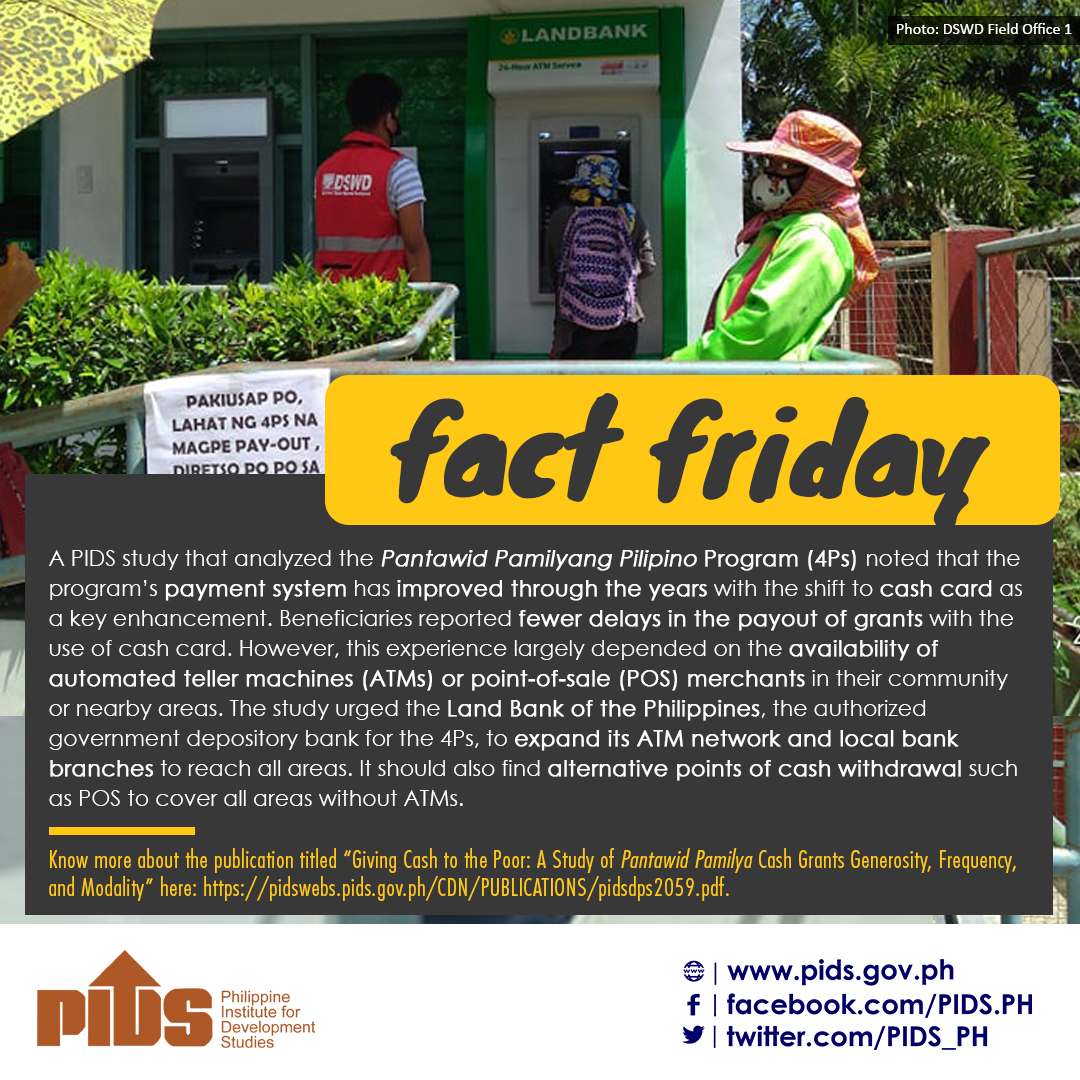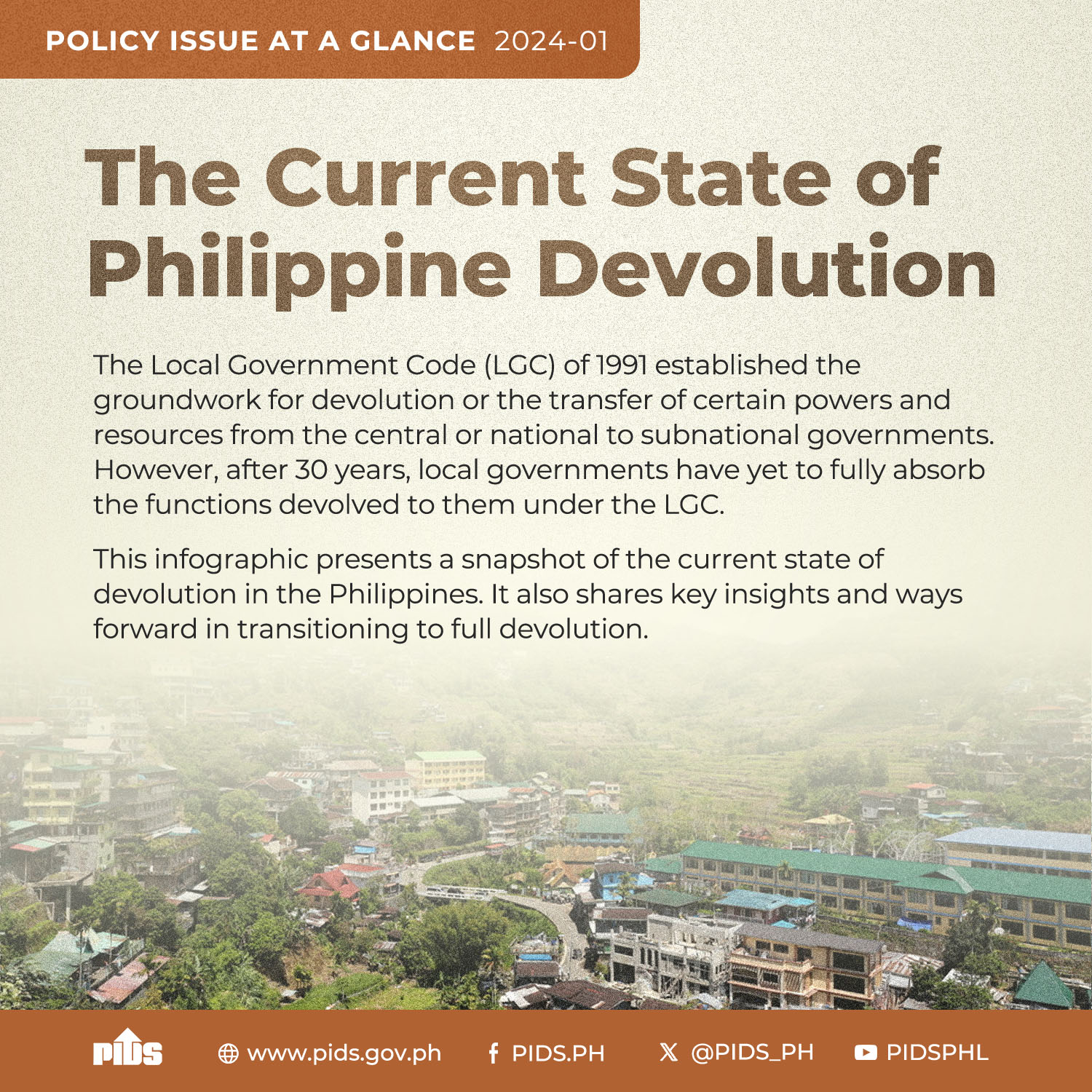MANILA - The Philippine economy is likely to grow at the lower end of the government target for this year, according to a state-run think tank.
In a briefing, Philippine Institute for Development Studies (PIDS) research fellow Adoracion Navarro said gross domestic product (GDP) growth would come in at 6.6 percent, slower than last year's 7.2 percent expansion and at the lower end of the government's 6.5-7.5 percent target range for 2014.
"Even with the likely increase in domestic interest rates due to the monetary tightening of the BSP and the end of the US' quantitative easing, there is still sufficient slack in investments and wide room for productivity improvements," Navarro said.
The US Federal Reserve last December began tapering its monthly bond-buying, the third tranche of its so-called quantitative easing (QE) meant to shore up the recovery of the world's largest economy.
The Bangko Sentral ng Pilipinas (BSP) last week hiked banks' reserve requirement by a percentage point, bringing the ratio to 19 percent -- a move seen to siphon off P60 billion in liquidity, which has been increasing at a record pace since late last year.
Navarro said the impact of capital formation in 2013 would start to be felt this year.
"Investments as a domestic driver of growth will thus remain significant. Construction is likely to accelerate due to post-disaster reconstruction efforts, more aggressive infrastructure investments, and the start of some public-private partnership projects," she said.
Despite this, Navarro said the damage sustained by agriculture would dampen the sector's economic contribution this year.
"The minimal contribution of the agricultural sector to value added growth in 2013 is projected to persist in 2014 because of low productivity and investments in that sector," she said.
According to PIDS, inflation would pick up to four percent, just below the mid-point of the BSP full-year target range of 3-5 percent. Fueling price increases would be food and electricity.
"The depreciation of the peso could also push overall inflation up through its impact on imported inputs," Navarro said, adding that the PIDS forecast however remains within the BSP target.
PIDS said the peso's weakness is expected to continue to average at P45 for every dollar this year.
"The peso-dollar exchange rate will continue to be influenced by the tapering of the US monetary expansion. But its impact is expected to be moderate as investors have likely incorporated this expectation in advance into their investment decisions," Navarro said.
"This increased competitiveness of the peso will have positive impacts on the exports sector," she added.//
State think tank sees PH growing within target despite BSP tightening












